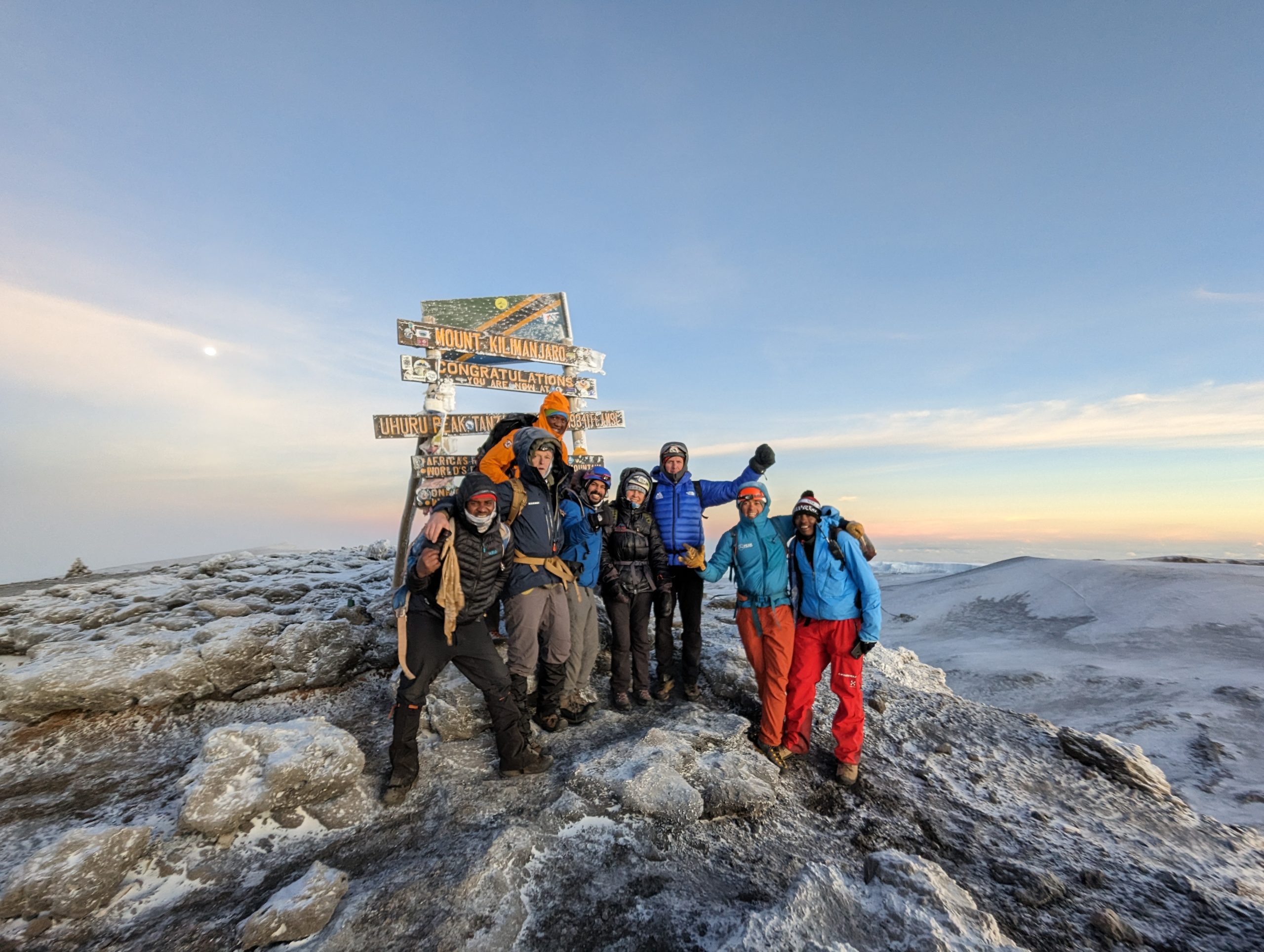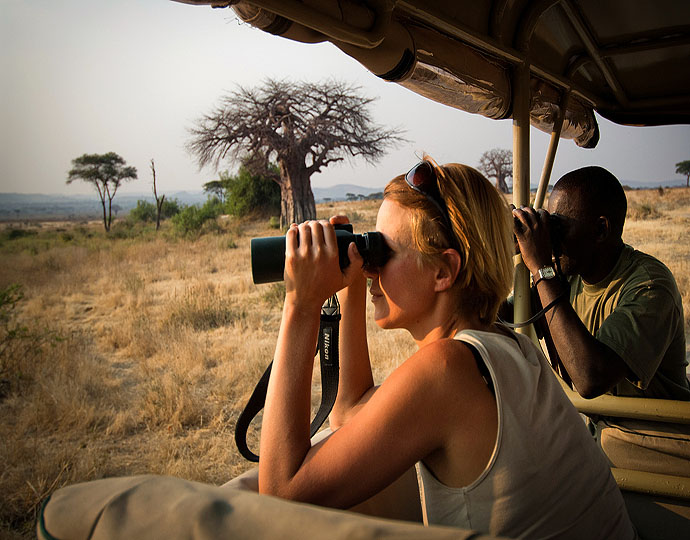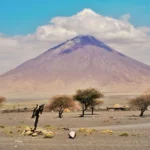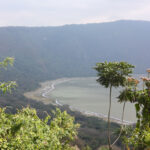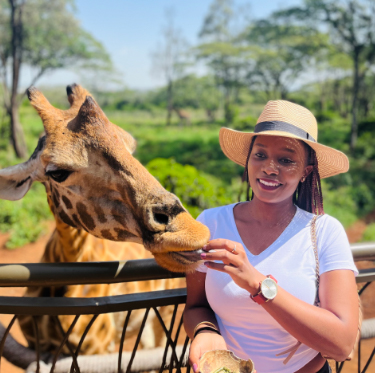
Tanzania is renowned for its rich biodiversity and iconic wildlife, making wildlife conservation a crucial aspect of the nation’s environmental strategy. The country’s conservation efforts are aimed at preserving its unique ecosystems, protecting endangered species, and ensuring sustainable use of natural resources. Here’s a comprehensive overview of wildlife conservation efforts in Tanzania:
Key Conservation Areas
- National Parks and Reserves:
- Serengeti National Park: Famous for the Great Migration, Serengeti is a key conservation area for large herbivores and predators.
- Ngorongoro Conservation Area: A UNESCO World Heritage site, it combines wildlife conservation with the sustainable livelihoods of the Maasai people.
- Selous Game Reserve (Nyerere National Park): One of the largest game reserves in Africa, it is crucial for the conservation of elephants, African wild dogs, and other species.
- Ruaha National Park: Known for its large populations of elephants and big cats, Ruaha plays a significant role in biodiversity conservation.
Major Conservation Efforts
- Anti-Poaching Initiatives:
- Increased Patrols: Deployment of rangers and anti-poaching units to protect endangered species, particularly elephants and rhinos, from poachers.
- Technological Advances: Use of drones, GPS tracking, and surveillance cameras to monitor wildlife and track poaching activities.
- Community Involvement: Engaging local communities in anti-poaching efforts by providing education, alternative livelihoods, and incentives to protect wildlife.
- Habitat Restoration and Protection:
- Reforestation Projects: Planting native trees and restoring degraded habitats to improve ecosystems and create wildlife corridors.
- Protected Area Expansion: Establishing new protected areas and expanding existing ones to ensure sufficient habitats for wildlife.
- Wetland Conservation: Protecting and restoring wetlands, which are vital for many species, including migratory birds and aquatic life.
- Community-Based Conservation:
- Wildlife Management Areas (WMAs): Involving local communities in managing and benefiting from wildlife resources. WMAs provide economic incentives for communities to protect wildlife.
- Eco-Tourism: Promoting sustainable tourism that benefits local communities and funds conservation projects. Eco-lodges and community-run tourism ventures are examples of this approach.
- Education and Awareness: Programs to educate local populations about the importance of conservation and sustainable resource use.
- Endangered Species Programs:
- Elephant and Rhino Protection: Initiatives to combat poaching and illegal wildlife trade, including dehorning rhinos and providing armed escorts for herds.
- Carnivore Conservation: Programs to monitor and protect big cats like lions, leopards, and cheetahs, including human-wildlife conflict mitigation measures.
- Marine Conservation: Protecting endangered marine species such as sea turtles, dugongs, and coral reefs through marine parks and conservation areas.
- Research and Monitoring:
- Wildlife Surveys: Regular surveys and research projects to monitor wildlife populations, health, and behavior.
- Conservation Science: Collaborating with universities and research institutions to study ecological processes, genetics, and conservation strategies.
- Citizen Science: Engaging the public in monitoring efforts through apps and programs that allow them to report wildlife sightings and poaching activities.
Prominent Conservation Organizations
- Tanzania National Parks Authority (TANAPA):
- Manages the country’s national parks and works on conservation, tourism, and community outreach programs.
- Ngorongoro Conservation Area Authority (NCAA):
- Manages the Ngorongoro Conservation Area, focusing on balancing conservation and the needs of local Maasai communities.
- Frankfurt Zoological Society (FZS):
- Supports wildlife conservation projects in Serengeti, Selous, and other key areas, focusing on research, anti-poaching, and community engagement.
- Wildlife Conservation Society (WCS):
- Works on various conservation projects across Tanzania, including marine conservation, carnivore protection, and community-based conservation.
- African Wildlife Foundation (AWF):
- Engages in habitat protection, anti-poaching, and community development projects to support wildlife conservation across Tanzania.
Challenges and Future Directions
- Human-Wildlife Conflict:
- Efforts are being made to reduce conflicts between wildlife and local communities through compensation schemes, building wildlife-proof fences, and creating buffer zones.
- Climate Change:
- Addressing the impacts of climate change on wildlife habitats through adaptive management practices and climate-resilient conservation strategies.
- Sustainable Funding:
- Ensuring long-term funding for conservation projects through partnerships with international organizations, eco-tourism, and innovative financing mechanisms.
- Policy and Legislation:
- Strengthening wildlife protection laws and ensuring their effective enforcement to combat poaching and illegal trade.
Conclusion
Tanzania’s wildlife conservation efforts are vital for preserving its rich biodiversity and ensuring the survival of iconic species. Through a combination of anti-poaching initiatives, habitat restoration, community-based conservation, and research, Tanzania is making significant strides in protecting its natural heritage. Continued support and collaboration with local communities, international organizations, and governments are essential for the success of these efforts and the sustainable future of Tanzania’s wildlife.
